Will Aboriginal mathematics save Aboriginal people? Some think so. For example, Professor Rowena Ball from the ANU Mathematical Sciences Institute argues, ‘Students of … colonised peoples are starting to be more critical about accepting unquestioningly the cultural hegemony of mainstream European-based mathematics.’
According to Ball, the West has ‘gatekept’ mathematics, and First Nations peoples are standing up and saying, ‘Our knowledge is just as good as anybody else’s.’
Having choked on my Weet Bix, I emailed a friend, a professor of mathematics, with the observation, ‘I believe Professor [Ball] is talking about some practical knowledge that some Aboriginal people had, which mathematicians can understand in mathematical terms, but that Aboriginal knowledge is not a mathematical ‘discovery’ as such.’
He replied that Aboriginal knowledge includes topics with a certain amount of mathematical structure, like space and kinship relations, and there’s nothing wrong with studying them, but badging them as comparable to Western mathematics is not telling the truth.
It seems very Bruce Pascoe. For example, Ball provided an example of her investigating the use of ‘chiral symmetry to engineer long-distance smoke signalling. ‘If you light an incense stick, you will see the twin counter-rotating vortices that emanate.’
A memoir by Alice Duncan Kemp, who grew up on a cattle station in − Diamantina and Georgina Rivers channel country - in the early 1900s, described the signalling procedure. In it, husband-and-wife ‘expert team’ Bogie and Mary-Anne selected and pulsed the smoke waves with a left-to-right curl to signal ‘white men’ instead of the more usual right-to-left spiral.
Professor Ball says you have to be a skilled practical mathematician to create and understand these signals. Or, perhaps you have to remember the code: white twirls right.
It is a practical piece of knowledge, that is all. And if Ball wants to convince Aboriginal children in remote communities that they have mathematics, she had better not swoop into a community for a day or two and leave them without English to read or the drab old colonisers’ maths to enable them to navigate the world.
I am pretty sure Aborigines have long since given up lighting fires to signal the coming of the white man. More likely, they pop over to the store to buy the white man’s products, the manufacture of which would involve a great deal of hegemonic mainstream maths.
Ball’s view that mathematics is part of the cultural heritage of all peoples, ‘as intrinsic to humanity as art and probably as ancient’, is laudable, but so what? Is there a present contribution to society that cannot be found elsewhere?
Or, at the very least, is there a cultural context that may help Aboriginal children learn? Last week, the Aboriginal and Torres Strait Islander Mathematics Alliance and the Australian Association of Mathematics Teachers met to address the ‘entrenched and widening’ disparity between Aboriginal and non-Aboriginal students’ mathematics achievement.
On average, year 9 Aboriginal students perform at the Year 5 level in numeracy. ATSIMA chair and ‘Quandamooka mathematician’ Professor Chris Matthews (apparently, there is such a thing as an Aboriginal mathematician) wants to develop culturally responsive mathematics programs. One example is using the kinship system—called Gurruṯu—to explore mathematical concepts.
Matthews may have a valid teaching technique for the minority of children of Aboriginal descent for whom kinship systems exist, but Aboriginal mathematics or mathematicians?
Ball works very hard to convince that Aboriginal mathematics exists, despite there being no written language, little coherent system of numerals (although she does refer to the system for counting turtle eggs among Yolnu people of East Arnhem land), no measurement of time and space (although she refers to the Yolnu predictions of tides based on observations of the moon).
The clanger for me is that Aborigines can ‘conduct complex weather and season predictions’. She gives the example of the Walabunnba people who know there will be a lot of rain when they hear the mirrlarr (rain bird) call out. For this, she quotes the Bureau of Meteorology.
Again, quoting the Bureau of Meteorology, she asserts that ‘Indigenous meteorology’ contains an intimate knowledge of plant and animal cycles and details of the intricate connections in the natural world. Even if true, knowledge that may once have been has almost certainly gone or been replaced.
The only mathematics that counts is whether children can learn sufficient to get by. Race should not be a qualification for a mathematician, and mathematicians should stick to maths, not myths.
Gary Johns is chair of Close the Gap Research










